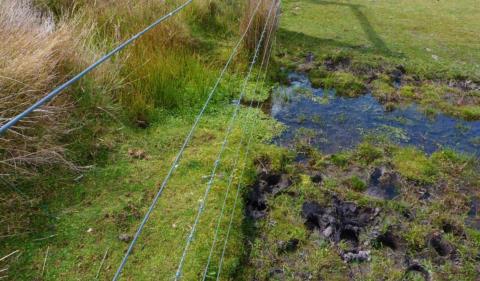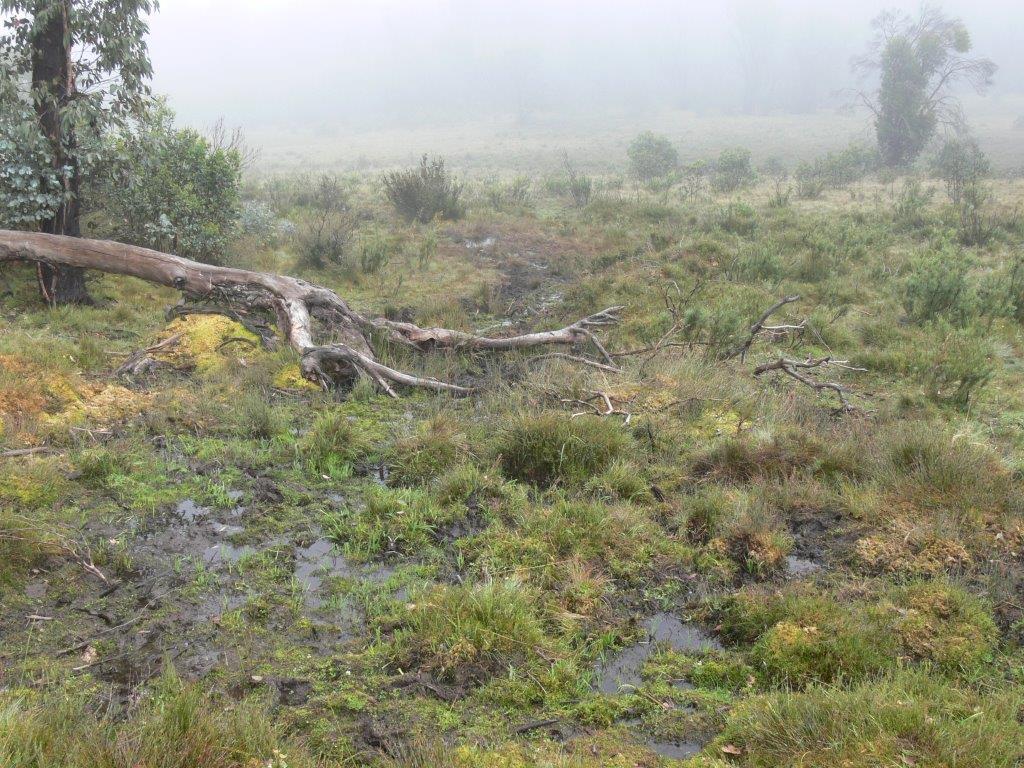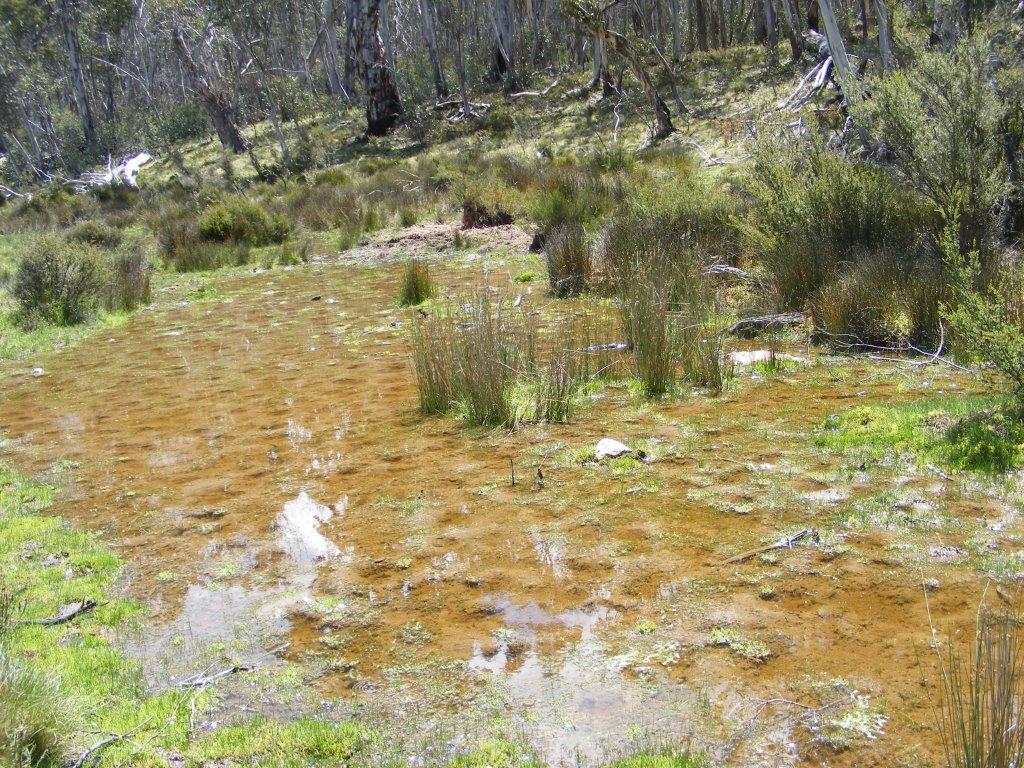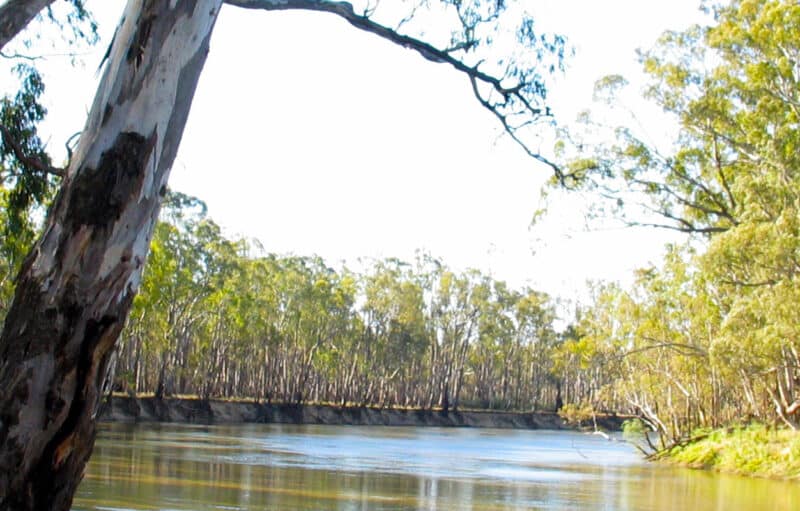TAKE ACTION | Page updated 15/05/2023
Victoria’s alpine areas are much loved for their majestic landscapes and unique plants and animals. The heads of many rivers are found in their snowy peaks, bogs and streams. Almost a third of the Murray Darling Basin’s annual flows are born from the Alps.
But a marauding population of feral horses are trampling these unique high country habitats.
You can help make sure our much-loved alpine wildlife and habitats get the protections they deserve.
We’re here to support as many individual submissions as we can. We’ve created a guide below to help you structure yours.
Submissions closed on Friday 28 April.
Make a submission
There are two ways you can contribute. Once you’ve finished, email your submission to the Committee Secretary or submit it through the Australian Parliament’s website (you need to use/create a new account).
Write an email submission and send it directly
Submit through the Australian Parliament
Submissions closed on Friday 28 April.
PS. If you make a submission please bcc: [email protected] so we can track the impact our community is making.
Sample structure
Subject: Impacts and management of feral horses in the Australian Alps
Email: [email protected]
bcc: [email protected]
Dear Committee Secretary, Senate Standing Committees on Environment and Communications
Please find attached my submission to the Senate Committee inquiry into the impacts and management of feral horses in the Australian Alps.
<Your submission here>
Yours sincerely,
<Name, postal address>
How to structure your submission
1. Introduce yourself and discuss your views
- Start your submission by briefly telling the panel who you are, why you care about the issue, and why you have taken the time to write your submission.
- If you can, establish your credentials by emphasising relevant experiences and qualifications. Maybe you have spent time in the Alps, you have a special affinity for Broad-toothed Rats, or perhaps you’re a horse-lover that understands how badly their physiology can impact the living web of nature in the Alps.
- Discuss the current situation and ouline why this is a significant issue – locally, state-wide and nationally.
- Draw on your perspective, experience and evidence to substantiate your claims. This is one of the most powerful ways to make an impactful submission.
- Clearly identify the issues that matter to you. You don’t have to address everything. Just focus on the questions and terms you can and want to address. You might find it helpful to turn your chosen issues into headings to guide your submission writing.
- Only include information you’re fne with being published online.
Keep your submission polite and respectful. The inquiry will dismiss submissions that are rude or target individual public servants or members of parliament.
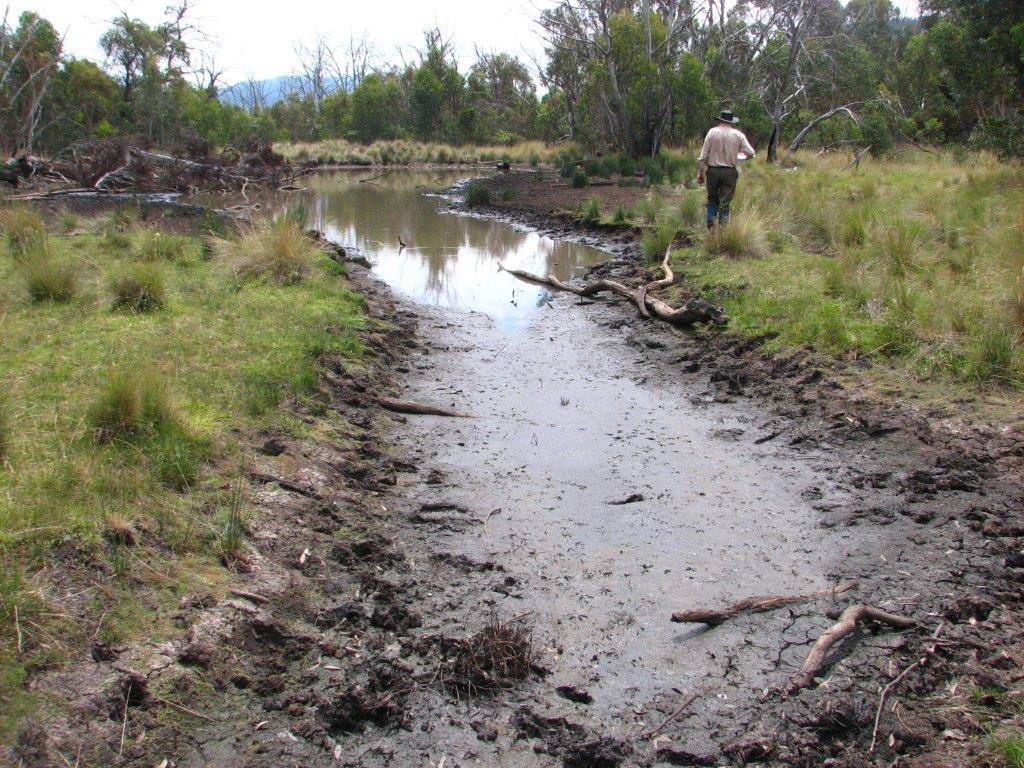
- Decades of impeccable alpine science show that the hard hooves of horses, along with grazers like deer and pigs, are causing long-lasting damage. Every day ancient habitats of endangered wildlife are trampled in the Alpine National Park.
- Horses are a domestic farm animal, and have no place in the high country. Unlike feral horses, many of the creatures that live in the Alps live here and nowhere else on Earth.
- Given the impact of the Black Summer bushfires on native wildlife habitats, the increasing size and distribution of feral horse populations requires urgent attention to preserve Victoria’s iconic alpine landscapes and wildlife for future generations.
- Feral horse numbers in Victoria are increasing, as is the significant disturbance and damage to natural ecosystems. There are currently somewhere between 2,000-5,000 horses in the eastern alpine region, 50-100 in the Southern Bogong High plains and 600-800 in the Barmah National Park.
- Feral horses are impacting at least 25 threatened alpine plants and 14 threatened alpine animals, including the fuzzy Tooarrana (Broad-toothed Rat) and rare alpine orchids.
- Feral horses disrupt the functioning of living ecosystems and damage habitats and water catchments in the Alps. They trample, create tracks, compact soil, wallow, erode streambanks, overgraze and destroy sphagnum bogs and wetlands.
- Victoria has a solid strategy for control of feral horses and has made significant progress in putting in place plans and a control program. But action been delayed, and additional resourcing is needed to ramp up the program and control is effective in the mid to long-term.
- The Inquiry’s terms of reference are restricted to the Australia Alps, however there are feral horse infestations in other parts of Victoria. These impact sites of national environmental significance, including RAMSAR sites and Barmah National Park. These issues should be considered as part of the inquiry.
- The NSW Kosciuszko National Park Wild Horse Heritage Management Plan will undermine Victoria’s efforts to reduce feral horse numbers. This is due to the location of a wild horse retention zone adjacent to the Victorian border.
- While all effective options should be used depending on the circumstance, fertility control, trapping and rehoming are not viable options for feral horse population reduction. This is due to the size and geographic spread of the current population in the alps and the lack of sufficient rehoming options.
- Ground and aerial shooting are humane and effective control options. The RSPCA has stated that, depending on circumstances, both ground and aerial shooting can deliver better animal welfare outcomes than trapping.
- Early and substantial resources and investment are needed to have the best long-term benefits for tax-payers, land managers, ecosystems, threatened wildlife, Indigenous heritage, park visitors and the horses themselves.
- A plan to rapidly reduce feral horses in the Alps needs a consistent, well-funded program across Victoria, NSW and the ACT, using best practice methods. Commonwealth funding to incentivise and/or support state action is critically important to protect these nationally significant areas.
- Feral horses cause damage to cultural heritage sites in the Victorian Alps and Alpine National Park. Feral horses pose an ongoing risk to the landforms, both tangible (visible) and intangible (lore) cultural sites and more broadly to the health of Country.
- If there are barriers to effective federal intervention, these should be addressed as a priority through reform to national environmental laws (EPBC Act) such as:
– Create a new trigger for the assessment of actions that exacerbate a key threatening process.
– Create a new trigger for actions that negatively impact on national parks and reserves which contribute to meeting Australia’s international obligations for protected areas under the Convention on Biological Diversity.
– Develop national environmental standards that apply to the management of national parks, world heritage areas, national heritage places or Ramsar wetlands.
Make a submission
There are two ways you can contribute. Once you’ve finished, email your submission to the Committee Secretary or submit it through the Australian Parliament’s website.
Write an email submission and send it directly
Submit through the Australian Parliament
Submissions closed on Friday 28 April.
PS. If you make a submission please bcc: [email protected] so we track the impact our community is making.
Why write a submission?
- An opportunity to formally express your concerns about the need to proactively remove feral horses from alpine areas.
- A chance to learn more about the issues facing our natural and cultural heritage and how you can positively impact.
- To reinforce and illuminate collective community concerns.
Useful references
- Feral horses in our national parks – a helpful Q&A
- More information about the feral horse action plan
- Parks Victoria
- Invasive Species Council
- Invasive Species Council writing guide
The Alpine National Park is part of an Aboriginal cultural landscape that includes the traditional Country of the Taungurung and Gunaikurnai Peoples, while Barmah National Park is located on Yorta Yorta country, and is jointly managed by Parks Victoria and the Traditional Owners of the Yorta Yorta nation.
